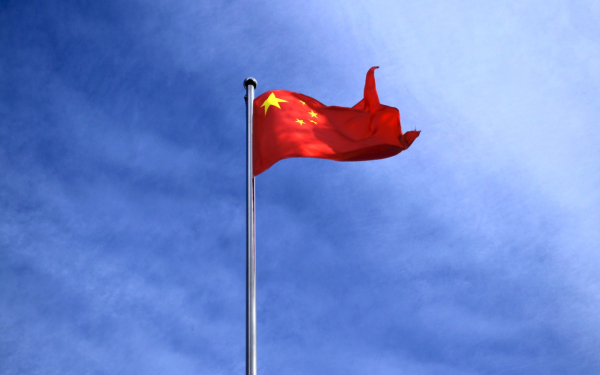
Silver Storm Mining Ltd. (TSXV:SVRS)
Building the Next Latin American Silver Producer.

The economic data in China continues to be concerning: the recovery is weak, several key industries are facing challenges, and consumer confidence is low. However, at the same time, the imports of major commodities in the first two months of 2024 remain robust. The imports of crude oil, liquefied natural gas (LNG), coal, and iron ore are all higher than the same period in 2023.
This seemingly contradictory phenomenon is attributed to market factors rather than economic growth, according to experts’ analysis. The strong growth in commodity imports at the beginning of the year is primarily driven by market factors.
Starting with crude oil, China’s import volumes in January and February were reported as 11.31 million and 11.73 million barrels per day, with an estimated average import volume of 11.51 million barrels per day over the two months. This is significantly higher than the official data for the same period last year. While the Chinese New Year holiday may have distorted the data, the growth in crude oil imports is mostly due to rising demand and falling oil prices.
Last September, oil prices reached a 2023 high of over $95 per barrel, but prices declined in the fourth quarter. Considering that there is approximately a two-month time lag between crude oil purchases and their arrival in China, it can be inferred that the decline in oil prices from October onwards stimulated Chinese refineries to purchase more oil in December and January. Additionally, China’s increased crude oil import quotas have aided refineries in better planning their 2024 oil purchases.
In the liquefied natural gas market, ship-tracking data compiled by Bloomberg last week showed that China’s imports in February increased by 15% compared to the same period last year, reaching 5.5 million tons and setting a historical record for the month. This surge is attributed to a dramatic drop in spot prices in Asia. In February 2024, spot prices for liquefied natural gas in North Asia halved compared to October levels, dropping to nearly a three-year low. Last week, the average price for April delivery of liquefied natural gas in Northeast Asia remained at $8.30 per million British thermal units, the lowest level since April 2021.
China’s coal imports at the beginning of 2024 were also strong due to high electricity demand and low hydropower output. Additionally, despite the ongoing real estate crisis, China’s iron ore imports remained robust. In recent weeks, steel mills have increased iron ore inventories, possibly in anticipation of potential stimulus policies from the Chinese government.
On Tuesday, China set its economic growth target for 2024 at around 5%, in line with expectations. The Chinese Premier stated that China will promote the transformation of its economic growth model and take measures to reduce industrial overcapacity, resolve risks in the real estate industry, and address debt risks. Lynn Song, Chief Economist for the Greater China region at ING, noted that restoring confidence may take time and the process may not be smooth. The policies to be introduced in the coming weeks and months will be a key focus.
In summary, the seemingly contradictory phenomenon of robust commodity imports alongside concerning economic indicators in China is driven by a complex interplay of market forces, demand dynamics, and government policies, and it will be important to closely monitor the impact of these factors on China’s economic landscape.